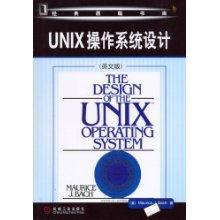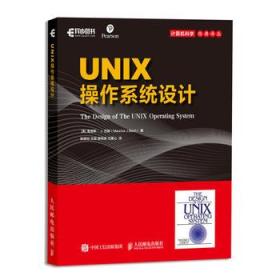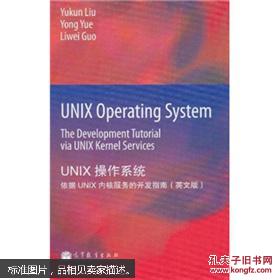
unix操作系统设计(英文版),Introduction to UNIX Operating System Design
时间:2024-10-08 来源:网络 人气:
Introduction to UNIX Operating System Design

UNIX, a powerful and influential operating system, has been shaping the landscape of computing for decades. Its design principles and architecture have been the cornerstone for many modern operating systems. This article aims to provide an overview of UNIX operating system design, focusing on its core concepts and features.
History and Evolution of UNIX

UNIX was developed in the late 1960s at Bell Labs by Ken Thompson and Dennis Ritchie. Initially designed for minicomputers, UNIX quickly gained popularity due to its portability, stability, and powerful features. Over the years, UNIX has evolved through various versions and flavors, such as System V, BSD, and AIX, each contributing to its growth and refinement.
Key Design Principles of UNIX

UNIX is known for its minimalist and modular design. Here are some of the key design principles that have shaped its architecture:
Everything is a file: UNIX treats all devices, directories, and special files as files, allowing a uniform approach to handling data and processes.
Single-user, multi-user: Initially designed for single-user systems, UNIX later evolved to support multiple users simultaneously, with robust security features.
Everything is a process: UNIX operates on the principle that every activity is a process, which can be managed and controlled by the operating system.
Everything is a text: UNIX emphasizes the use of text-based interfaces for configuration, management, and communication, making it highly scriptable and customizable.
UNIX File System Structure

The UNIX file system is a hierarchical structure that organizes files, directories, and devices. The root directory, represented by '/', is the starting point of the file system. Key components of the file system include:
/bin: Contains essential user commands and utilities.
/sbin: Contains system administration commands and utilities.
/etc: Houses system-wide configuration files.
/dev: Contains device files for hardware devices.
/var: Stores variable files, such as logs and spool files.
UNIX Process Management

UNIX provides a robust process management system that allows for efficient multitasking and resource allocation. Key features include:
Process creation: UNIX supports the creation of new processes using the fork() system call.
Process scheduling: The operating system uses various scheduling algorithms to manage the execution of processes, ensuring fair and efficient resource utilization.
Inter-process communication: UNIX provides mechanisms such as pipes, signals, and sockets for communication between processes.
File permissions: UNIX uses a permission system to control access to files and directories, allowing for fine-grained control over who can read, write, or execute them.
User and group management: UNIX supports user and group management, allowing for the organization of users into logical groups and the assignment of permissions accordingly.
Security auditing: UNIX provides tools for auditing system events and monitoring for potential security breaches.
Conclusion

UNIX operating system design has had a significant impact on the development of modern operating systems. Its minimalist, modular, and secure design principles have made it a favorite among system administrators, developers, and users worldwide. Understanding the core concepts and features of UNIX can provide valuable insights into the design and functioning of operating systems.
Tags

UNIX, operating system design, file system, process management, security, history, evolution
相关推荐
教程资讯
教程资讯排行













